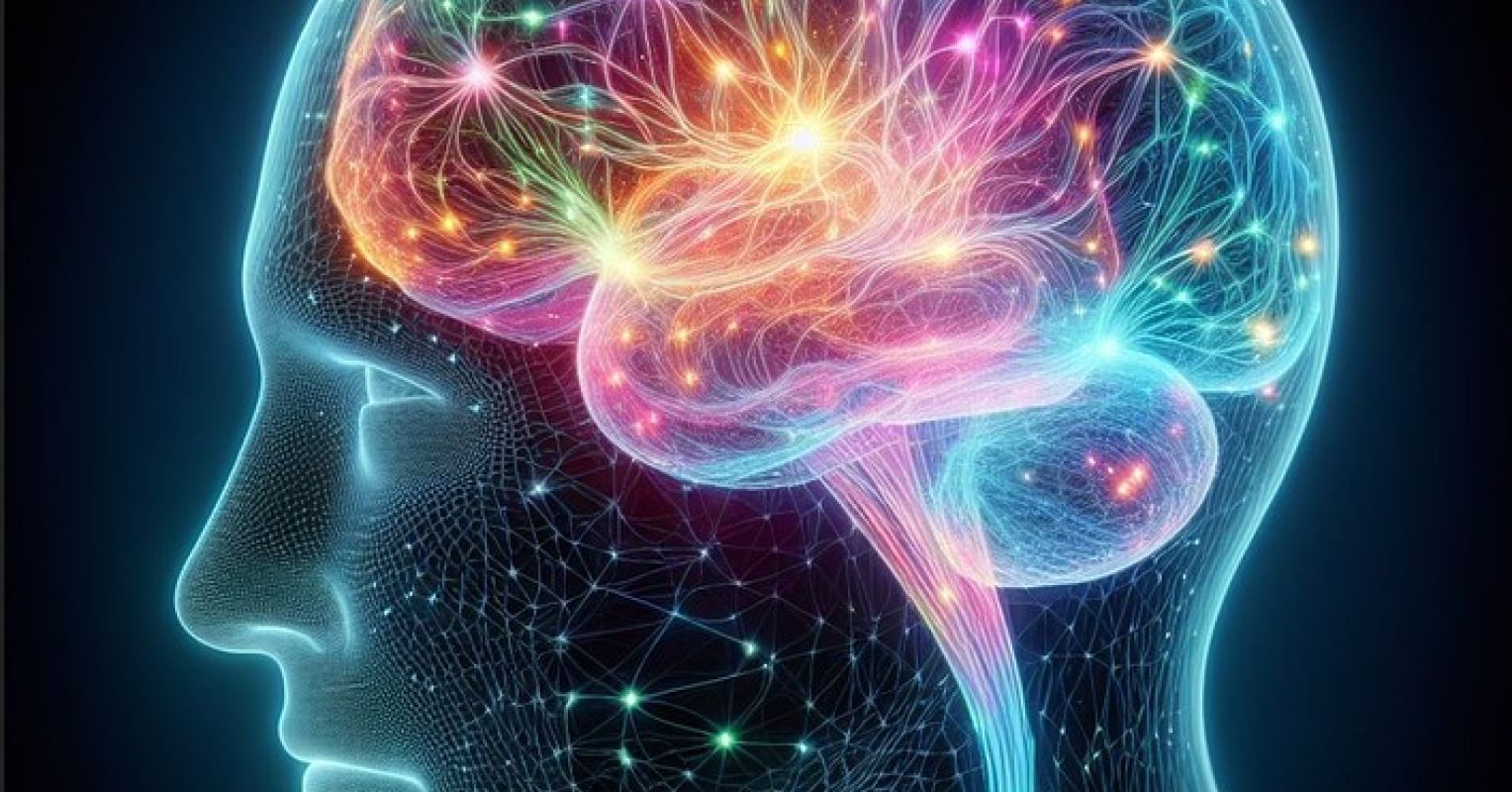A major neuroscience breakthrough has been achieved with the help of an artificial intelligence (AI) deep learning algorithm. In a study published this month in Cell, a multinational team of twenty-three scientists demonstrated that AI can distinguish between different brain cell types from activity recordings of mice and monkeys with high accuracy.
Today’s neurotechnology devices, such as EEG (Electroencephalography), Brain-Computer Interfaces (BCIs), and Brain-Machine Interfaces (BMIs), enable neuroscientists to record brain activity. However, current neurotechnology solutions do not distinguish between neuron types.
Neurons are excitable cells that receive and send signals that consist of a cell body, branch-like structures called dendrites, and a tube-like structure called an axon. Neurons can be classified based on their structure or morphology, function, connectivity, or neurochemistry/neurotransmitter type.
The morphology of neurons can be unipolar, bipolar, pseudounipolar, multipolar, or anaxonic. Neurons can function as motor neurons, sensory neurons, or interneurons. Neuron connectivity can be afferent, efferent, intrinsic, excitatory, inhibitory, or modulatory. Examples of neurotransmitters categories include glutamatergic neurons, cholinergic neurons, GABAergic neurons, and dopaminergic neurons.
“We train a semi-supervised deep learning classifier that predicts cell types with greater than 95% accuracy based on the waveform, discharge statistics, and layer of the recorded neuron,” reported senior corresponding author Javier Medina along with a multinational research team of scientists with affiliations with the University College London, Duke University School of Medicine, Baylor College of Medicine, University of Granada, University of Amsterdam, Bar-Ilan University, King’s College London, and The University of Hong Kong.
First, the researchers created a database of electrical signatures of mice neurons by type. After creating this database of electrical brain signatures, the team created an AI semi-supervised deep learning algorithm classifier.
The scientist used optogenetics to activate spikes in certain neurons using blue light as well as pharmacology. The team focused on cells in the cerebellum. Starting with over 3,600 neurons from over 180 Neuropixels recordings from two labs, they distilled it into a library of just over 200 spikes consisting mostly of Purkinje cell simple and complex spikes, along with molecular layer interneurons, Golgi cells, and mossy fibers.
Using a set of unlabeled neurons, the team deployed unsupervised learning for the tuning and training of variational autoencoders in order to reduce the dimensionality of the input features. Then the AI classifier algorithm was trained with supervised learning with a separate set from the database of electrical brain signatures from the created data library. The AI classifier was validated with brain activity from an entirely different species from mice, macaque monkeys.
“The classifier’s predictions agree with expert classification on recordings using different probes, in different laboratories, from functionally distinct cerebellar regions, and across species,” the researchers wrote.
A method to reliably identify which type of neurons are activated for certain neural processes can potentially help develop novel treatments for conditions including autism, dementia, acute spinal cord injury, epilepsy, Alzheimer’s disease, amyotrophic lateral sclerosis (ALS), Parkinson’s disease, as well as additional neurological diseases and additional neuropsychiatric disorders in the future.
Copyright © 2025 Cami Rosso.




